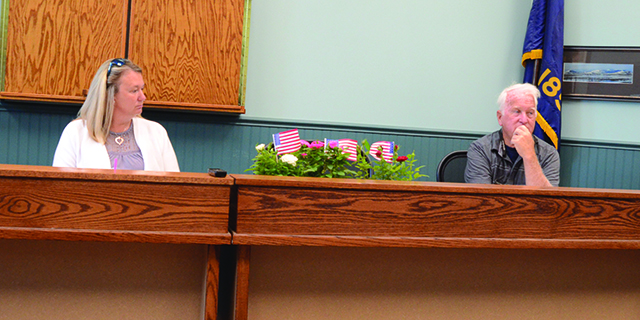Our view: New standards fit rural counties better
Published 8:00 am Wednesday, August 19, 2020
Hats off to state officials who announced last week new metrics for some rural schools to reopen, effectively injecting a high degree of common sense to a situation that was rapidly becoming yet another COVID-19 quagmire.
Readers may remember that back in July, Gov. Kate Brown instituted some strict guidelines for schools to reopen across the state. For example, the county where a school district is situated must meet specific standards — including 10 or fewer COVID-19 cases per 100,000 residents and 5% or fewer positive tests per week — to fully open for face-to-face instruction.
The governor’s matrix made sense — up to a point — for bigger school district in urban areas where COVID-19 is firmly entrenched but didn’t carry the same logic for a place like Wallowa County where there are not very many residents to begin with and the COVID-19 case count is low.
The July directive from the governor was another one-size-fits-all plan and it wasn’t feasible or fair for a small rural county like Wallowa.
To the governor’s credit, she agreed to keep an open mind and when a group of lawmakers, educators and health officials developed a more thoughtful plan for rural school districts, she listened.
Last week, the Oregon Department of Education announced that in counties with fewer than 30,000 residents, schools with 250 students or fewer can reopen if there are not more than 30 COVID-19 cases in the county during the past three weeks. The local health department must also establish there is no community spread of COVID-19 within the confines of the school districts boundaries.
The new mandate will impact 16 rural counties, most of them in Eastern Oregon.
Another new twist to the state school reopening plan revolves around districts with 75 or fewer students. In those districts, if there is no community spread of COVID-19 in the school’s enrollment area or in nearby towns, schools can reopen.
These new standards consider the very rural nature of Eastern Oregon and the different circumstances a place like Baker or Wallowa counties face compared to a county such as Malheur, where the COVID-19 virus is surging. The new plan concedes a one-size-fits-all method isn’t the best way forward and that there are no black and whites in a pandemic but many shades of gray.
This time state officials got it right.









